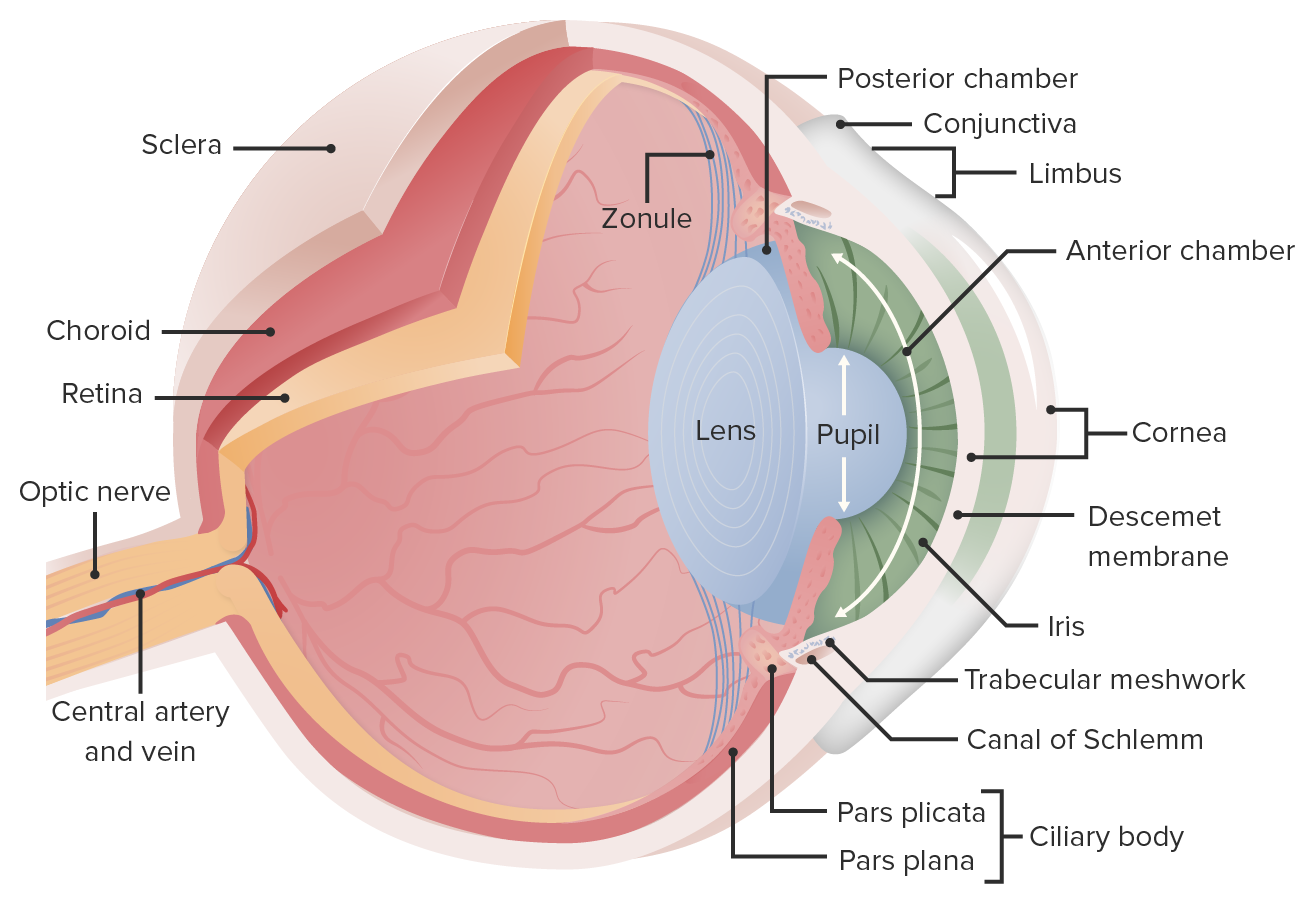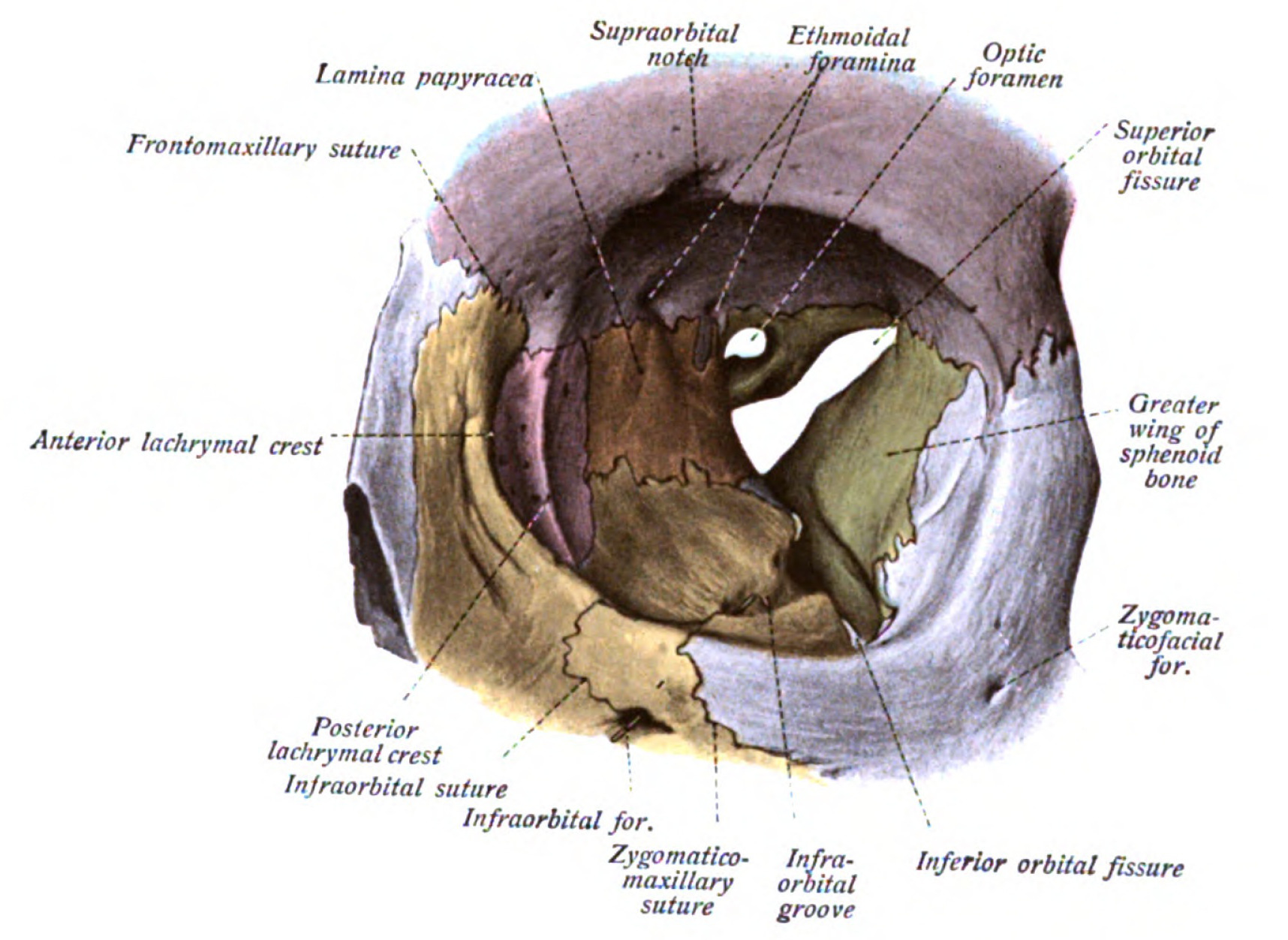Playlist
Show Playlist
Hide Playlist
The Eye: Overview
-
Slides 16 Human Organ Systems Meyer.pdf
-
Reference List Histology.pdf
-
Download Lecture Overview
00:00 The eye is, well I think, one of the most fascinating organs in the body, and I am going to leave it to the neurophysiologists and the ophthalmologists to explain all the detail physiology and also some of the anatomy of the eye. 00:20 But in this lecture I am going to describe only major components of the eye. 00:27 I am going to outline the histological structure and then indicate what functions each of those structures have in the whole function of the eye, giving us vision. At the end of the lecture, you need to understand or at least identify the structures that I am going to talk about. You need to understand the role of the cornea and the lens in focusing light on the retina, and the role of the iris in being a diaphragm and restricting or opening the amount of light going through the pupil to the retina. And I am going to describe the muscles that change the dimensions of the pupil and you need to understand the function of those muscles as well. I am also going to describe the production of the aqueous humor by the epithelium of the ciliary processes and how that aqueous humor circulates through the posterior and anterior chambers of the eye and finally how it's absorbed into the canal of Schlemm. So it is important for you to understand all those processes. 01:42 You need to understand the role of the retina in particular to be able to identify the rods and the cons and understand a little bit about their functions. And also I want you to be able to understand the cause of presbyopia, which is a condition of ageing of the lens and then also what constitutes the blind spot. 02:07 Well as I said let us start this lecture of the eye, is probably the most fascinating organ in the body. 02:16 The cornea and the lens focus light on the retina, the illumination is adjusted by the iris, the rods and cons are the receptors the photoreceptors that send impulses to the brain to enable us to see, to have vision and then extraocular muscles which I will not describe in this lecture, I will leave that to the anatomist. The extraocular muscles actually move the eye and they are coordinated by very precise impulses coming from the brain. But as I said only that to the anatomist to describe for you.
About the Lecture
The lecture The Eye: Overview by Geoffrey Meyer, PhD is from the course Sensory Histology.
Included Quiz Questions
What is the most common cause of presbyopia?
- Aging
- Vitamin A deficiency
- Retinal cone degeneration
- Vitamin C deficiency
- Glaucoma
Which of the following structures in the eye does NOT normally affect the focus of the light?
- Retina
- Lens
- Aqueous humor
- Cornea
Customer reviews
5,0 of 5 stars
| 5 Stars |
|
1 |
| 4 Stars |
|
0 |
| 3 Stars |
|
0 |
| 2 Stars |
|
0 |
| 1 Star |
|
0 |
Dr. Meyer is great! His lectures help me so much in preparing for class and understanding. I have really struggled with the eye, so this was a life-saver.





